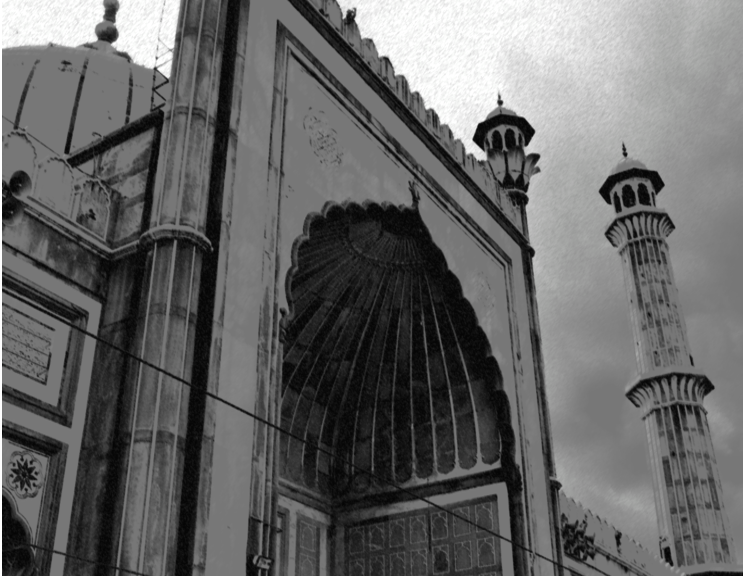
48 hours in Agra
The origins of the city of Agra can be traced back to the days of the Mahabharata, the epic poem of Great India when it was called Agrevana, meaning ‘the edge of the forest’. Agra served as capital for the Mughal Empire during the 16th and 17th centuries and flourished as a centre of art, drawing inspiration from Persian, Islamic, Turkish, Byzantine and Indian styles.
Agra’s greatest charm is the Taj Mahal – a magnificent marble mausoleum that epitomises love. Taj Mahal commands the horizon from most parts of the city and its rich history and romance has earned a place on the list of the Seven Wonders of the World. Yet Agra has so many more monuments that tell a rich narrative of the tides and times of Man – here’s how you can take in the city in 48 hours.
Set off from Delhi by train (there are two convenient, fast trains every morning, the Shatabdi and the Gatimaan) or by private cab with a train / picnic breakfast en route. Upon arrival in Agra, a quick hotel check-in and freshen up later, you’ll be ready to explore the city.
Start your Agra trail with a lesser-known monument, John Hessing’s tomb or the Red Taj. The Red Taj in Agra, is a smaller, red sandstone replica sans inlay and mosaic work which serves as a tomb for a Dutch soldier and trader John William Hessing. It was built by his wife, Ann Hessing, and was inspired by the Taj Mahal, and is a symbol of love commissioned by a woman in memory of her husband. In 1792, the 13-year-old Hessing landed in Ceylon, later joined the Dutch East India Company’s army, fought many battles in India, and eventually died as a part of the Maratha forces defending the Agra Fort against the British. At its entrance, are two Persian inscriptions— an epitaph and a chronogram: the former expresses Ann Hessing’s grief and the latter marks the year of his death.





